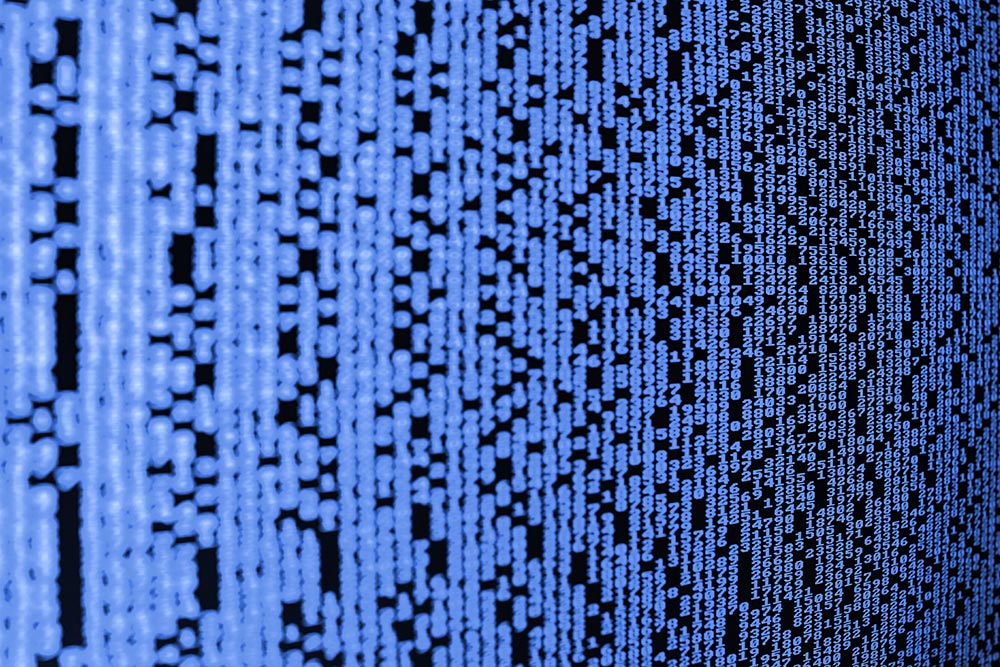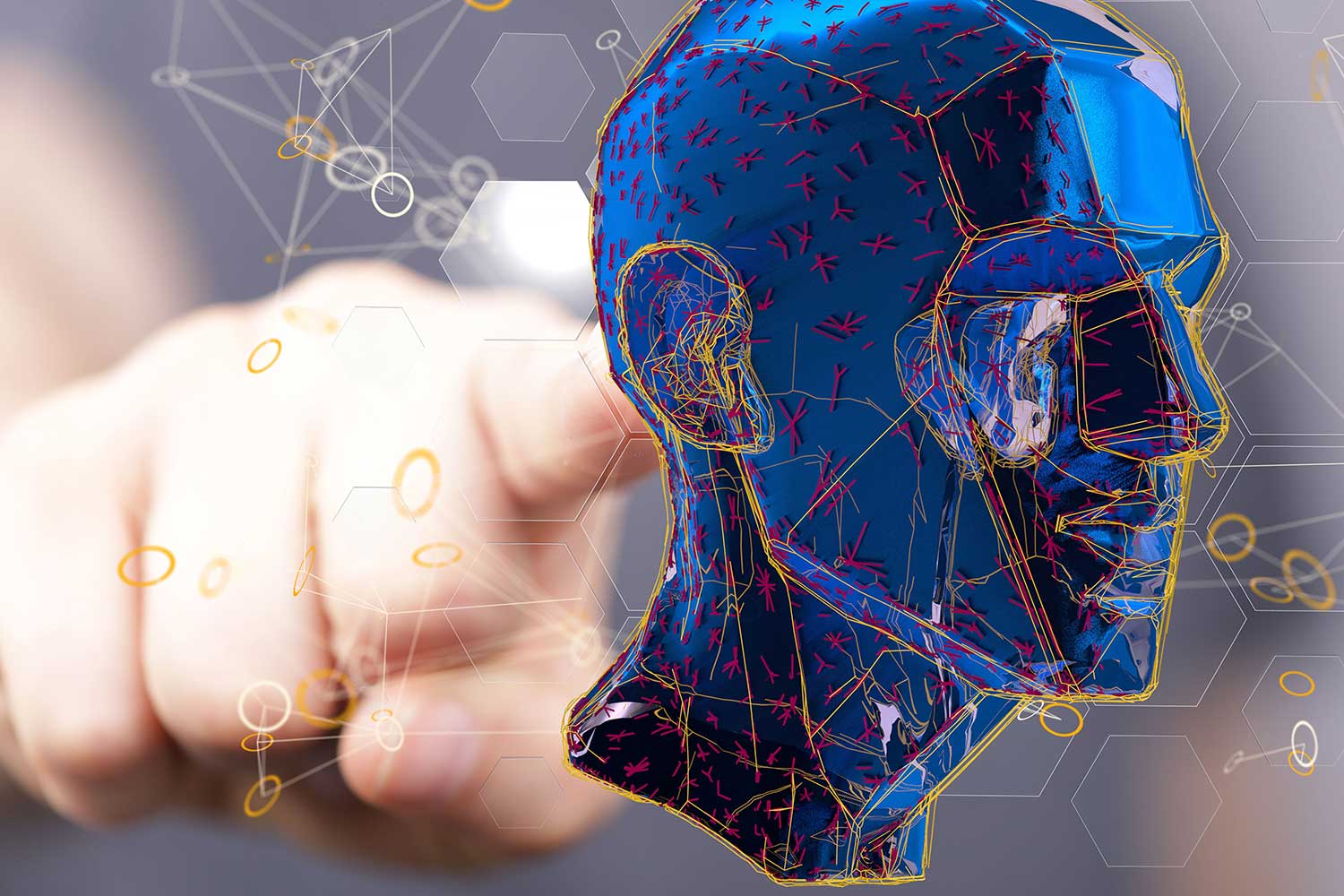Hybrid plagiarism detection methods
Summary: Plagiarism detection has evolved into a multifaceted research area at the intersection of text analysis, information retrieval, and natural language processing. The challenge stems from the diverse ways in which plagiarists disguise copied content – ranging from verbatim copy-paste to subtle paraphrasing, structural reordering of text, cross-language translation, or even idea plagiarism that copies … Read more










